Does Kaddura Coffee Bean belong to Arabica? what are the characteristics of Kaddura variety?
Friends who know about coffee may also learn about the variety of coffee. With the development of boutique coffee, more and more people pay attention to boutique coffee. The coffee varieties of boutique coffee are mostly Arabica varieties, and Arabica and Robusta are the two most common coffee varieties.
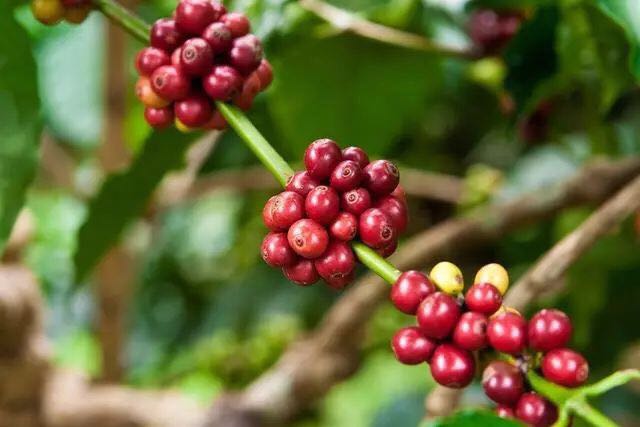
Arabica tastes better than Robusta, so it usually appears as boutique coffee, while Robusta's flavor is not so good, so it appears in the form of Italian coffee. In China, Arabica varieties are called small-grain coffee species, while Chinese coffee production is concentrated in Yunnan, so it is also known as Yunnan small-grain coffee. Iron pickup and bourbon are the two major native species of Arabica and the prototype of all coffee trees, so they are also called old varieties in China, but in addition to the old varieties of coffee, Yunnan grows more of their varieties and cultivars, one of which is called Kaddura Caturra.
Arabica species
Ethiopia is the birthplace of coffee, and the origin of Arabica species is in Ethiopia, which is known as the cradle of humans and coffee. The mythical Garden of Eden, where Adam and Eve ate forbidden fruit, is thought to be surrounded by several major coffee-producing areas in Ethiopia. At first, it was found that it had a good refreshing effect and was eaten as medicine. Later, the secret medicine used by Islamists to cure body and mind and evening prayers spread from Arabia to the world, and became a popular drink all over the world.
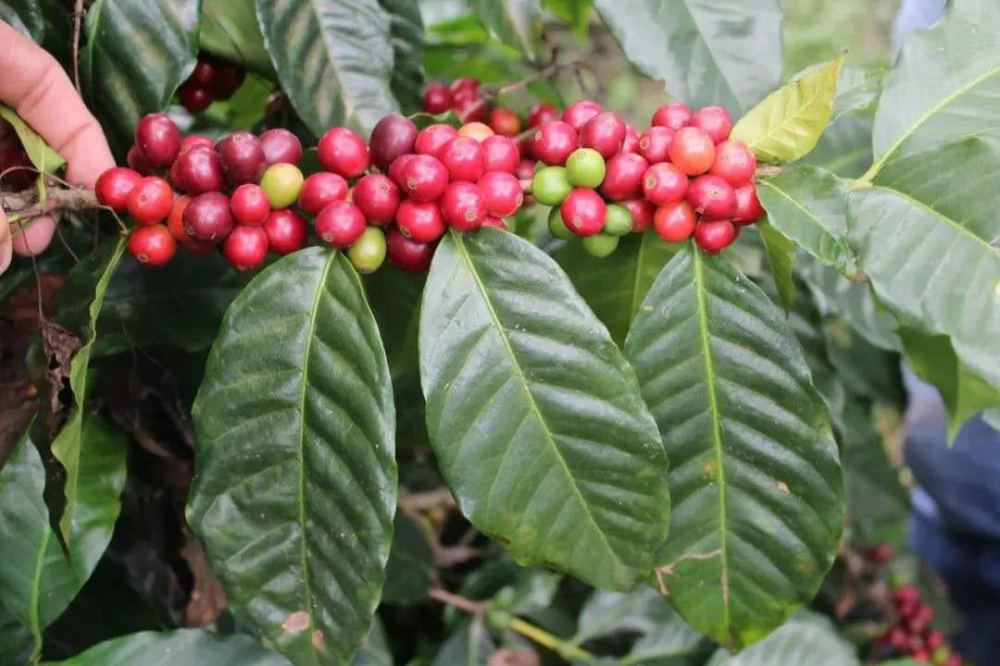
Arabica is the earliest variety to be discovered. Arabica is considered to be the best coffee variety and the most important variety in the world at present. Arabica species are produced in Central and South American countries, Brazil, Colombia, Ethiopia, Tanzania, Yemen and Indonesia in Africa. Arabica species usually grow between 2.5 and 4.5 meters, can withstand low temperature but can not frost, and do not have strong drought ability. Large particles, good quality, mellow taste, a little acidity and slight bitterness, accounting for about 85% of the world's output. Arabica also has many subspecies, all derived from Ethiopia's oldest Typica and Yemeni Bourbon, which have been transplanted into Central and South America or Asia. However, fine coffee mainly refers to the carefully cultivated high-altitude Arabica, and not all Arabica coffee varieties are fine coffee.
Arabica subspecies
"ancient native species"
"Typica": the oldest native variety in Ethiopia, all Arabica are derived from iron pickups. The top leaf of the iron pickup is bronzed, and the bean body is oval or thin in shape; the flavor is elegant, but the physique is weak, the disease resistance is poor, and the fruit yield is low. Excellent manor beans such as the Blue Mountains of Jamaica, Mantenin of Sumatra and Kona of Hawaii all belong to iron pickups. One of the characteristics is that the top leaf of Tibica is bronzed.
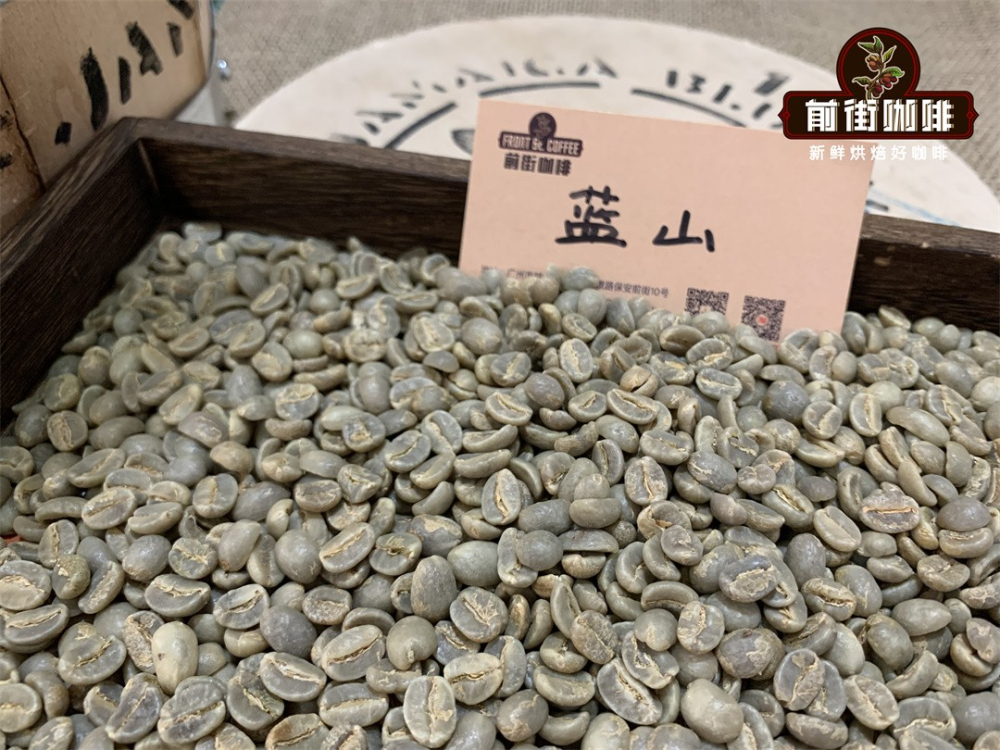
"Bourbon":
After the early (prehistoric coffee) iron pickup was transplanted to Yemen, the bean shape changed from thin and pointed to round. It was named bourbon in 1715 after France transplanted round beans from Yemeni mocha to the island of Bourbon on the east coast of Africa (renamed Reunion after the French Revolution). Bourbon beans spread to Brazil and Central and South America in 1727, and the British transplanted Yemeni mochas to St. Helena Island (where Napoleon was later imprisoned) in 1732. Bourbon is the winner of the American boutique coffee cup test. Such as the Brazilian queen yellow bourbon coffee in the front street and the bean red bourbon coffee in the front street.
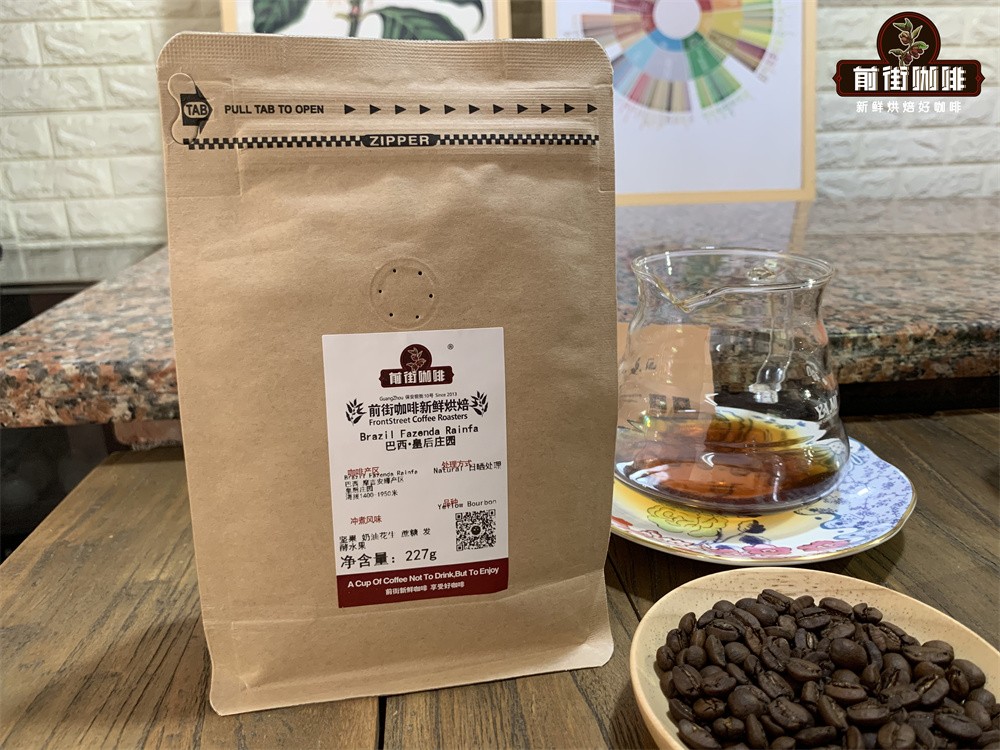
Rosa coffee, Ethiopian coffee, has floral, tropical fruit, strong sweetness taste. Geisha, which is grown in many parts of the world, is the new king of boutique coffee, with high quality and high prices in Latin American countries such as Panama, Guatemala and Colombia.
Rosa coffee raw beans have a very beautiful blue-green, jade-like warm texture, smell fresh grass, peach, berry flavor and oolong tea unique milk sweetness that most coffee beans do not have. it seems that aroma and taste of this kind of things need to be associated, but a hint of tea smell is obvious to us.
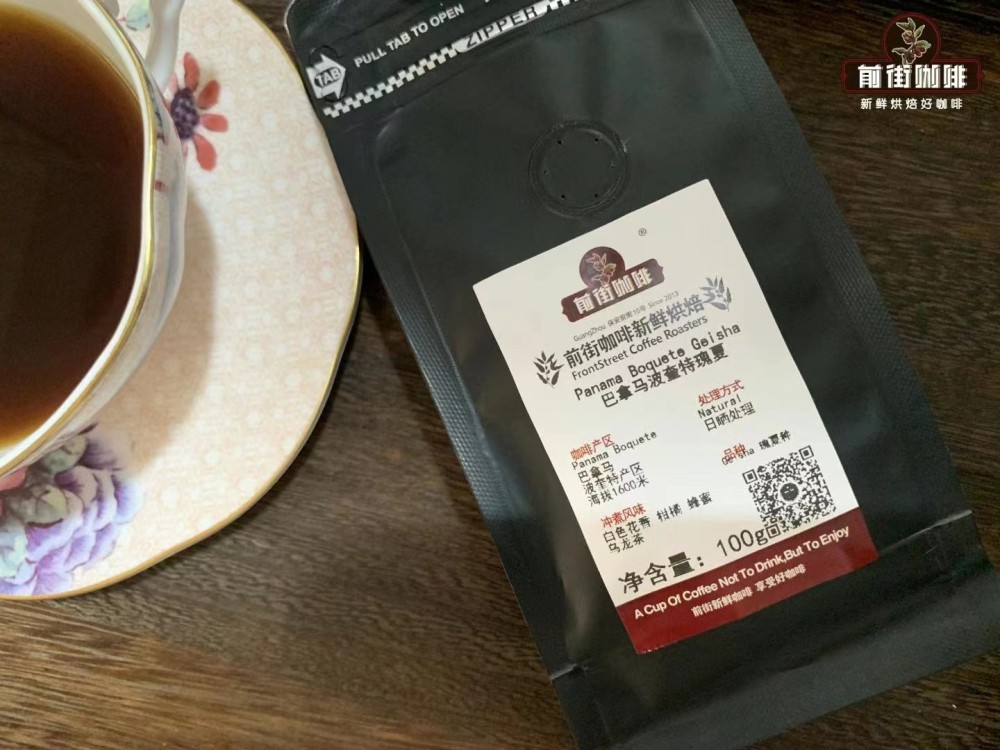
The dry aroma of Rosa is very bright, with aromas of rose and jasmine, with aromas of pomelo and citrus, light baked with nutty aromas, and wet aromas with hazelnut and more floral characters.
Kaddura (Caturra), a natural variety of Arabica variety bourbon, was discovered in Brazil in 1937. Its tree is not as tall and shorter as bourbon. Due to inheriting the blood of bourbon, the resistance is relatively weak, but the yield is higher than that of bourbon. Although found in Brazil, Kaddura is not suitable to grow in Brazil, so it is not planted on a large scale in Brazil, but is popular in Central and South America. For example, Colombia, Costa Rica and Nicaragua have widely planted Kaddura Qianjie coffee, which is currently on the shelves of Colombian Flower Moon Night and Colombian Rose Valley coffee varieties is Kaddura.
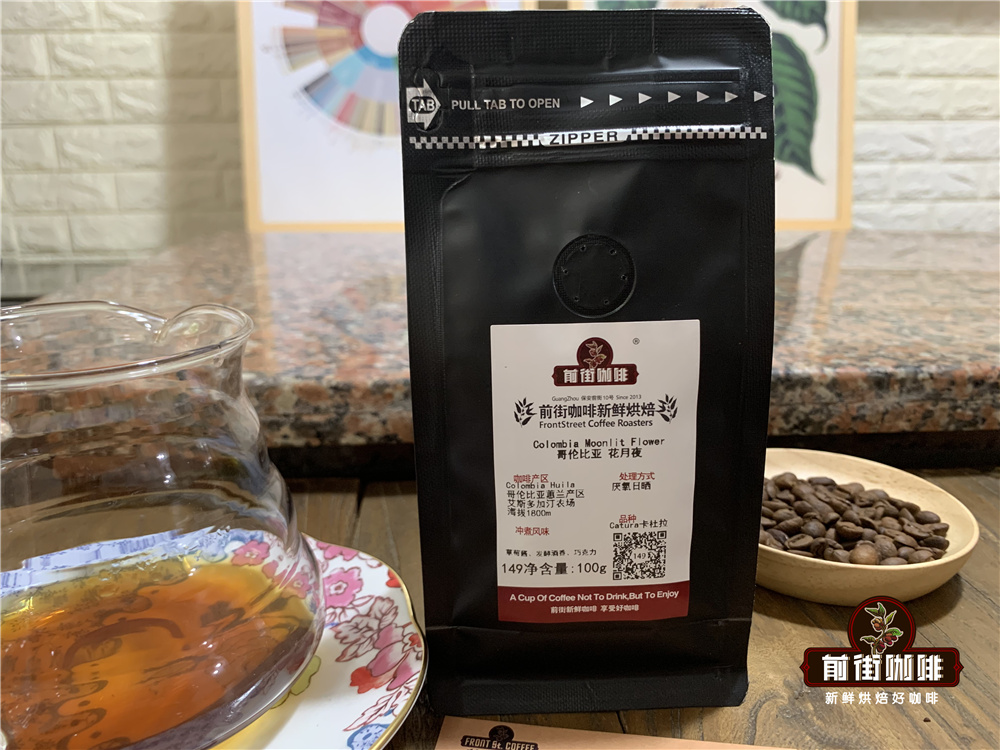
What are the main characteristics of Kaddura's coffee?
Kaddura plants are short and easy to pick; inherit many characteristics of the mother bourbon species, with large leaves and wavy edges; coffee cherries are not easy to fall in the face of wind and rain; they are more resistant to diseases and insect pests than the mother species; and the yield is higher than that of the mother species; no shade is needed, and the ability to adapt to the environment is strong. Like bourbon, Caturra is adapted to most coffee-growing environments, but at an altitude of between 1200 and 2000 meters, annual rainfall is between 2500 and 3500 millimeters. At higher elevations, the quality will improve, but the output will decrease.
But soybean prices soared in the 1970s, and farmers switched to Kaddura to increase production, which was popularized by the Brazilian and Colombian authorities and yielded fruitful results. The acceptance of Kaddura by farmers means a great change in planting technology. Brazil and Colombia switched to high-yield, high-density sun-exposed planting. in 1990, 14 million bags of coffee beans could be harvested on 1 million hectares, increasing production capacity by 60%. No wonder Kaddura, with high production capacity and high quality, has become a variety relied on by various producing countries.
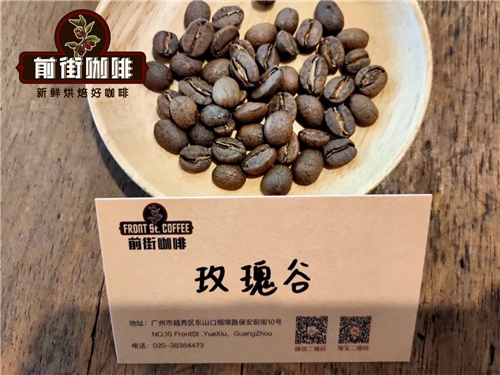
Kaddura is suitable for planting in the high altitude area from 700m to 1700 m. It has strong adaptability to altitude, but the higher the altitude, the better the flavor, and the production capacity is relatively reduced. In academic circles, some people call Kaddura the bourbon of dense and exposed version, which can be said to hit the nail on the head. There are also variants of yellow Kaddura in Central and South America, but the wind rating is not as good as Huang bourbon.
In fact, the "caturra" mutation is not unique. Similar mutations gave rise to Pacas in El Salvador (bourbon) and Villa Sarchi in Costa Rica (bourbon). Genetically, in all cases, the mutation is very similar to bourbon.
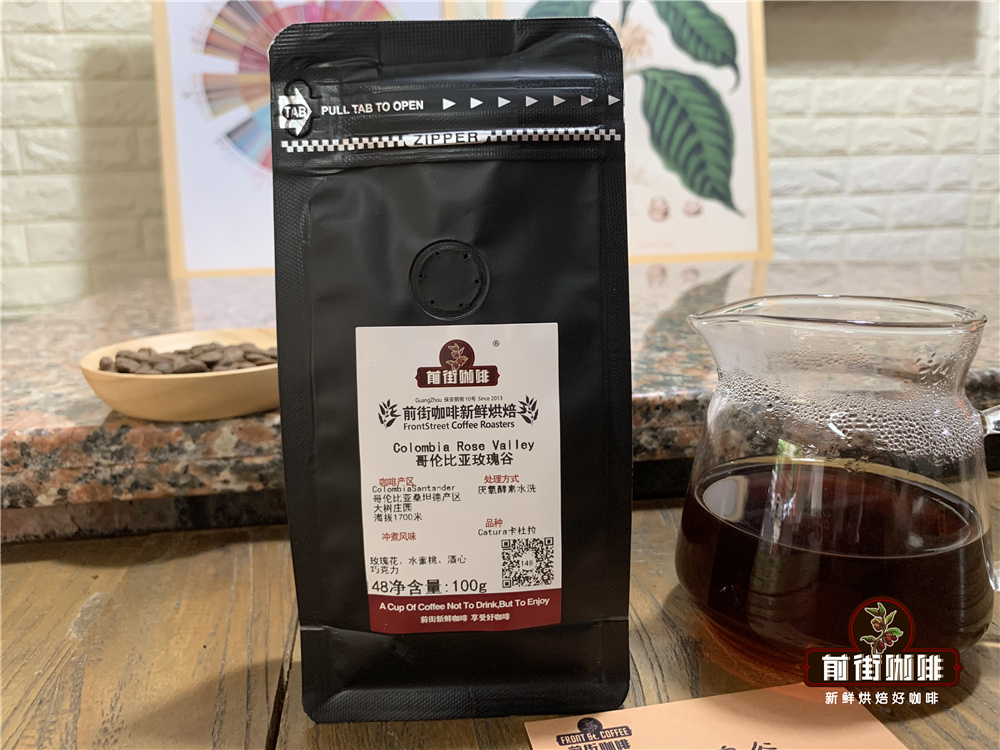
The variety of coffee is related to the flavor of coffee. of course, this is not the only factor that affects the flavor of coffee, but also the planting environment and treatment methods of coffee. The flavor of coffee in each producing area is different. There are more than 50 kinds of coffee beans from different producing areas in the front street. I suggest that everyone can try more to understand and experience different coffee customs.
Suggestions for making coffee in front of the street:
To brew a good cup of coffee, you still need to pay attention to the freshness of the beans. Qianjie has always believed that the freshness of coffee beans has a great relationship with the flavor of coffee, so the coffee beans shipped in Qianjie coffee are roasted within 5 days. The purpose of Qianjie roasting is "freshly roasted coffee", so that every guest who places an order is the freshest coffee when he receives it. The bean cultivation period of coffee is about 4-7 days, so when the guest gets it, it is the time when the flavor is the best.
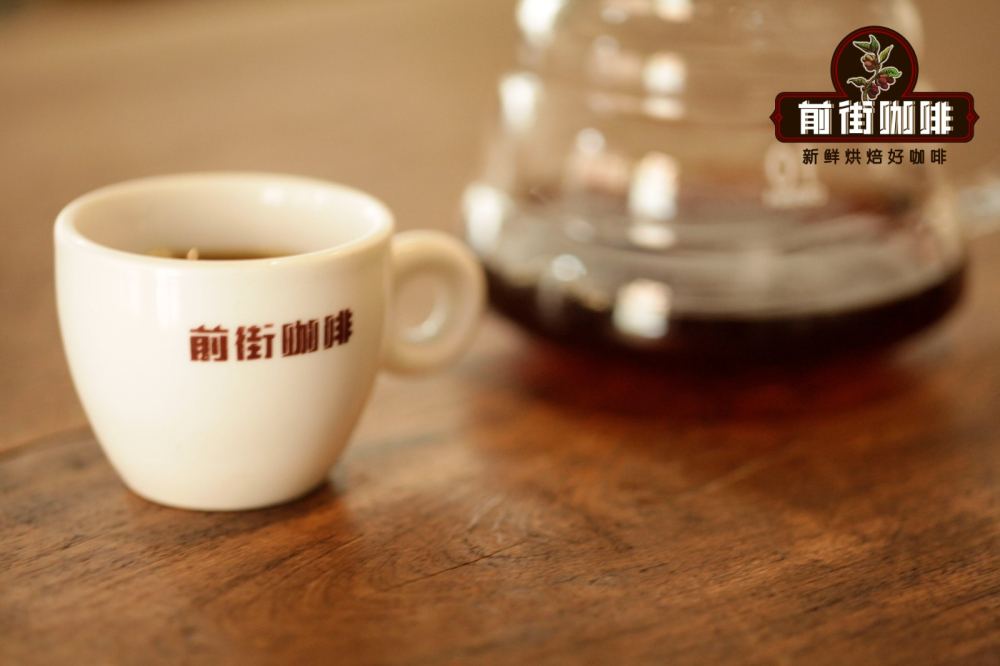
For those who need to be ground, Qianjie warmly reminds you that if the coffee beans are ground in advance, there is no need to raise the beans, because in the process of transportation, the pressure caused by carbon dioxide in the package can also make the coffee flavor round. so you can drink a cup of coffee as soon as you receive the coffee powder. But the coffee powder needs to be brewed in time, because the coffee powder oxidizes more quickly after contact with the air, that is to say, the flavor of the coffee will dissipate more quickly, and the flavor of the coffee is not so good. Therefore, Qianjie suggests buying whole beans, grinding and flushing now, so that we can better taste the flavor of coffee.
Professional coffee knowledge exchange more coffee bean information please follow the coffee workshop (Wechat official account cafe_style)
For more boutique coffee beans, please add private Qianjie coffee on Wechat. WeChat account: qjcoffeex
Important Notice :
前街咖啡 FrontStreet Coffee has moved to new addredd:
FrontStreet Coffee Address: 315,Donghua East Road,GuangZhou
Tel:020 38364473
- Prev
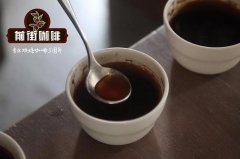
Characteristics of Sumatran Coffee beans A brief introduction to the Tiger on Sumatran Coffee
Professional coffee knowledge exchange more coffee bean information please follow the coffee workshop (Wechat official account cafe_style) in front of the street Sumatra coffee beans characteristics of the local people, widely grown in Sumatra and other Indonesian islands of coffee beans, almost all of them are called Mantenin, according to the region, raw bean merchants are different, use these names to distinguish different regions. Lin Dong Mante
- Next

The difference between Kaddura and Kaduai A brief introduction to the flavor characteristics of Kaduai coffee beans
Professional coffee knowledge exchange more coffee bean information please follow the coffee workshop (Wechat official account cafe_style) the front street of Panama Alida Kaduai Coffee "Catuai" Kaduai is a hybrid of New World and Kaddura. It inherits the advantage of Kaddura's low stature and helps to carry on.
Related
- Beginners will see the "Coffee pull flower" guide!
- What is the difference between ice blog purified milk and ordinary milk coffee?
- Why is the Philippines the largest producer of crops in Liberia?
- For coffee extraction, should the fine powder be retained?
- How does extracted espresso fill pressed powder? How much strength does it take to press the powder?
- How to make jasmine cold extract coffee? Is the jasmine + latte good?
- Will this little toy really make the coffee taste better? How does Lily Drip affect coffee extraction?
- Will the action of slapping the filter cup also affect coffee extraction?
- What's the difference between powder-to-water ratio and powder-to-liquid ratio?
- What is the Ethiopian local species? What does it have to do with Heirloom native species?

